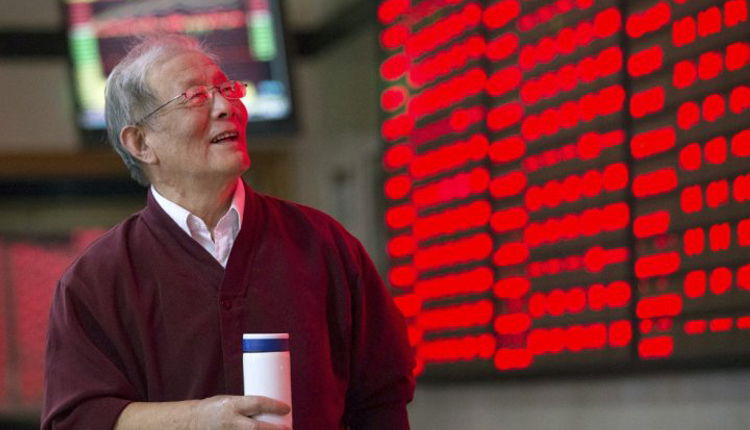Asian markets rose in Monday afternoon trade amid optimism on the U.S.-China trade front.
Mainland Chinese shares rose by the afternoon, with the Shanghai composite up 0.75 percent and Shenzhen component gaining 0.99 percent. The Shenzhen composite also advanced 0.896 percent. In Hong Kong, the Hang Seng index jumped 1.28 percent. Shares of life insurer AIA surged more than 2 percent.
Elsewhere, South Korea’s Kospi advanced 1.17 percent, with shares of chipmaker SK Hynix jumping 1.93 percent.
In Australia, the S&P/ASX 200 rose 0.15 percent, with most sectors in positive territory. The heavily weighted financial subindex, however, declined about 0.9 percent.
The trading of Westpac shares was halted on Monday after the bank announced the launch of a capital raising following a 16 percent plunge in its statutory net profit for full year 2019.
September retail sales data from the Australian Bureau of Statistics on Monday showed retail sales rising 0.2 percent in the month, missing expectations of a 0.5 percent increase by analysts in a Reuters poll.
Overall, the MSCI Asia ex-Japan index traded 0.98 percent higher.
Markets in Japan are closed on Monday for a holiday.
US-China trade watch
Investors watch for developments on the U.S.-China trade front amid recent positive developments. U.S. Commerce Secretary Wilbur Ross said Sunday that licenses for American firms to sell to Chinese telecommunications giant Huawei will be granted very shortly.
Earlier this year, Huawei was placed along with a dozen other Chinese firms on the Commerce Department’s entity list over alleged national security concerns.
Ross also provided more details on the status of a deal expected to be signed between U.S. President Donald Trump and Chinese President Xi Jinping. Ross said the agreement could be reached by the two leaders in one of several locations, including Iowa, Alaska, Hawaii or somewhere in China.
The deal was originally anticipated to be inked at this month’s Asia-Pacific Economic Cooperation summit in Chile, an event that has since been canceled due to protests in the country.
Last month, the U.S. and China agreed to finalize the first phase of a trade agreement, which includes a pause in tariff escalation and China buying U.S. agriculture products.
Still, one strategist sounded caution on the outlook for U.S.-China trade.
“As much as the US-China trade updates continue to point to a Phase 1 deal looking like a certainty, the contentious issues on whether the US will cancel the planned December Tariffs and remove some of the current tariffs in line with China’s demands remains an unknown and if the issue is not resolved then a deal could easily collapse,” Rodrigo Catril, senior foreign exchange strategist at National Australia Bank, wrote in a note.
Meanwhile, stocks on Wall Street jumped last Friday, with the S&P 500 reaching yet another fresh record close as it gained 1% to 3,066.91. The Nasdaq Composite also hit an all-time high, adding 1.1% to 8,386.40. The Dow Jones Industrial Average closed 301.13 points higher to 27,347.36.
The moves stateside came following much stronger-than-expected U.S. jobs data. The U.S. economy added 128,000 jobs in October, the Labor Department said Friday — despite a decline of 42,000 jobs in the autos sector due to a General Motors strike that has now been settled. Economists polled by Dow Jones had expected a gain of 75,000 jobs.
Currencies and oil
The U.S. dollar index, which tracks the greenback against a basket of its peers, was at 97.197 following a decline from highs above 97.8 seen last week.
The Japanese yen traded at 108.21 against the dollar after seeing lows above 109 in the previous week. The Australian dollar changed hands at $0.6920 after rising from levels below $0.684 last week.
Oil prices slipped in the afternoon of Asian trading hours, with international benchmark Brent crude futures 0.57 percent lower at $61.34 per barrel. U.S. crude futures also dipped 0.57 percent to $55.88 per barrel.
Source: CNBC
